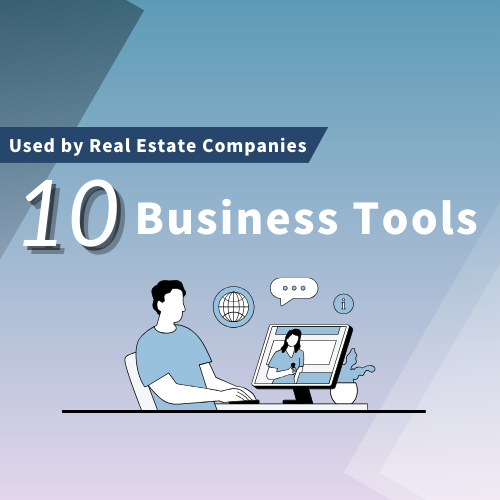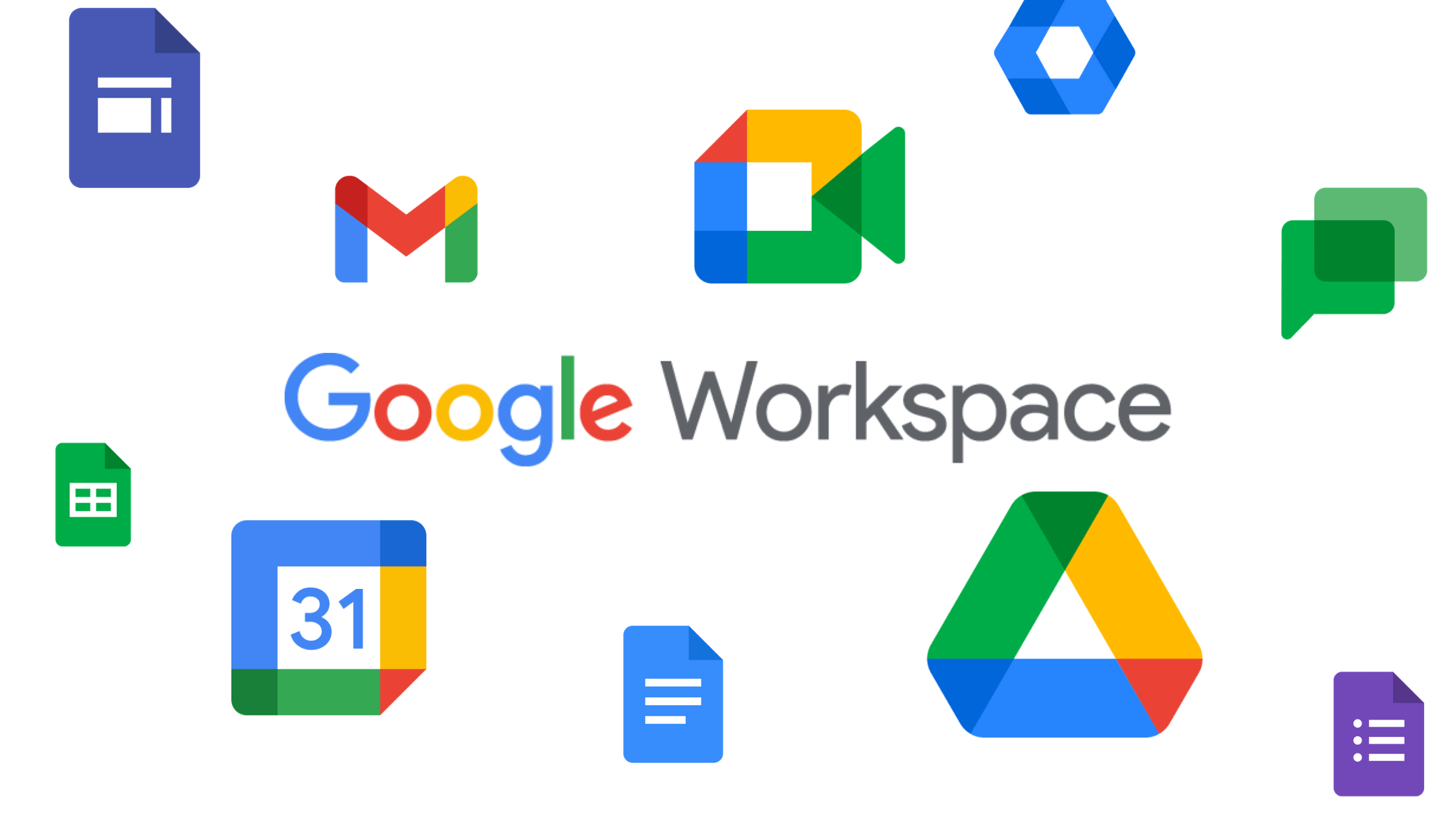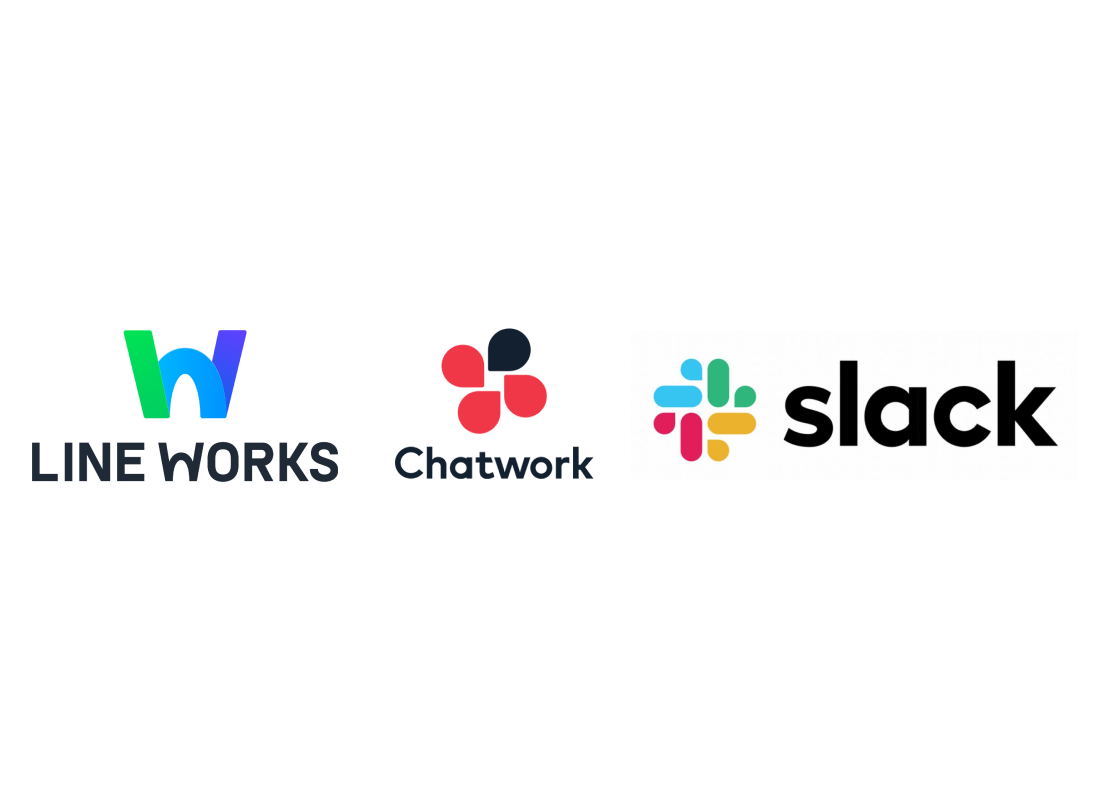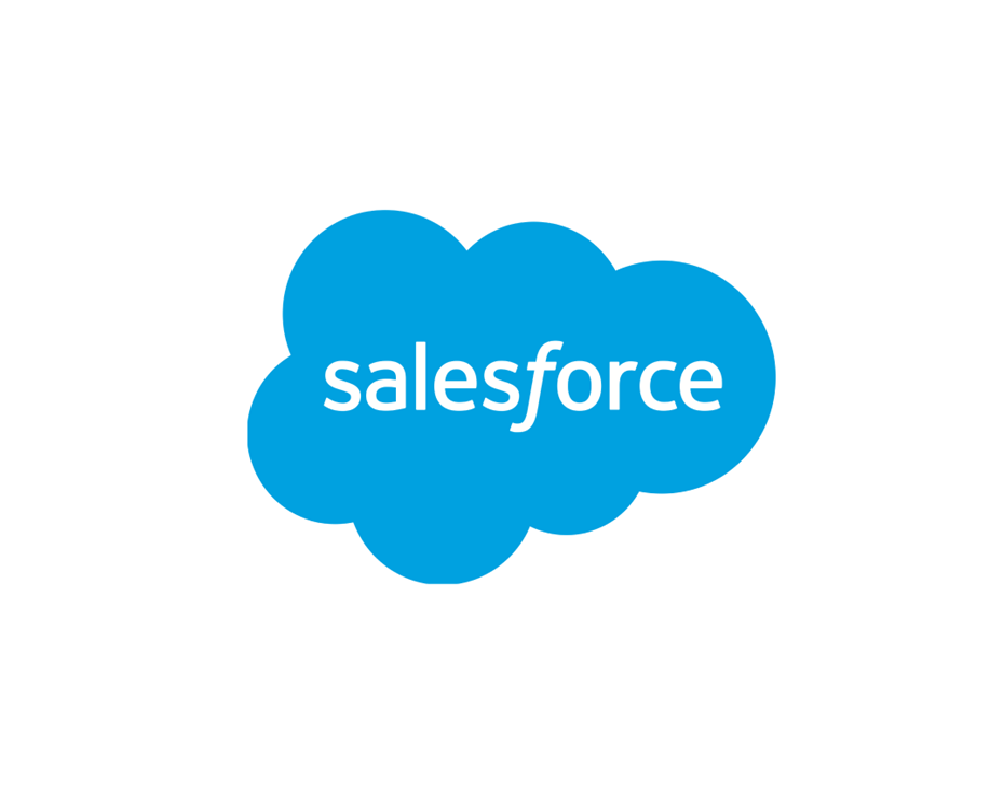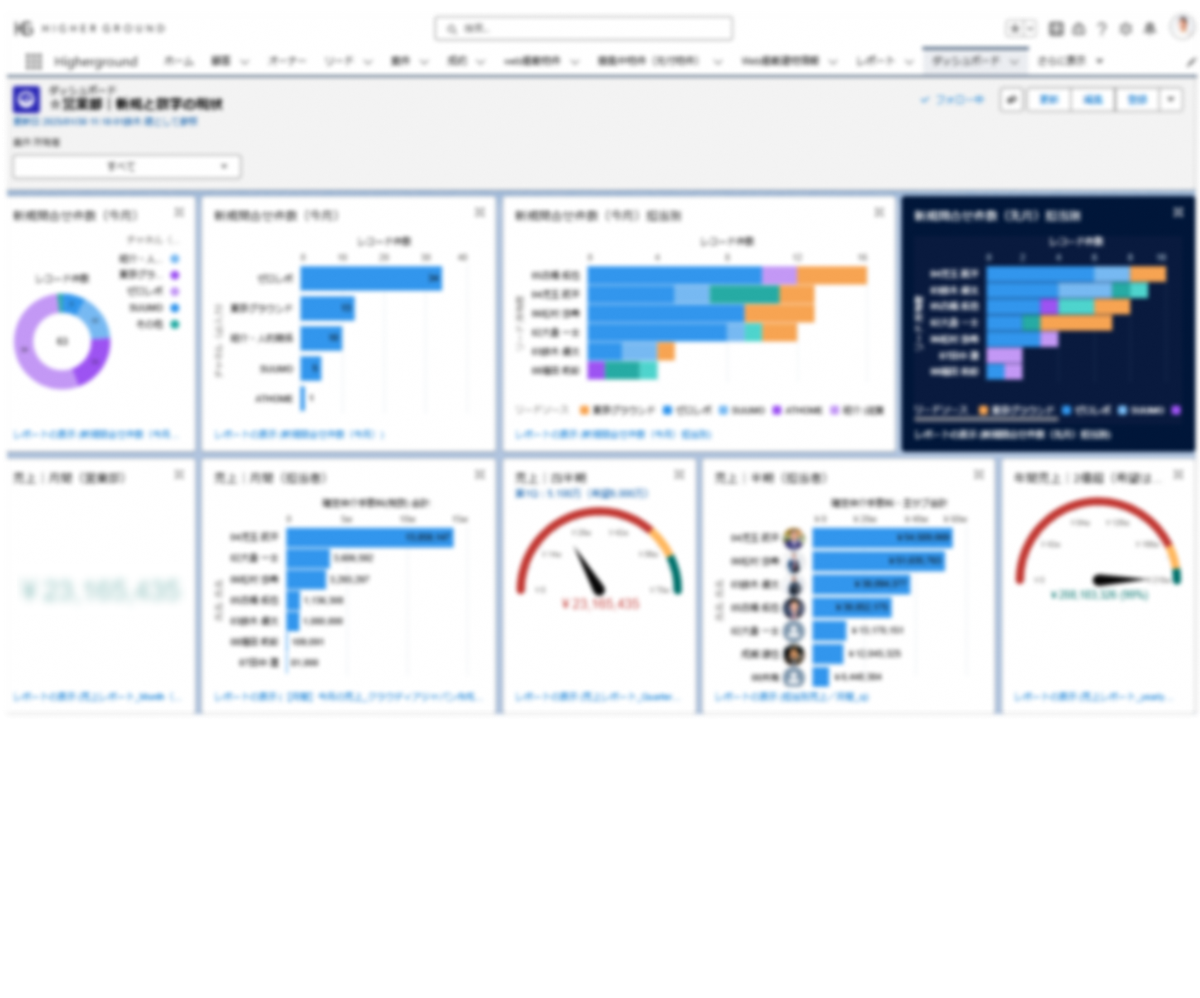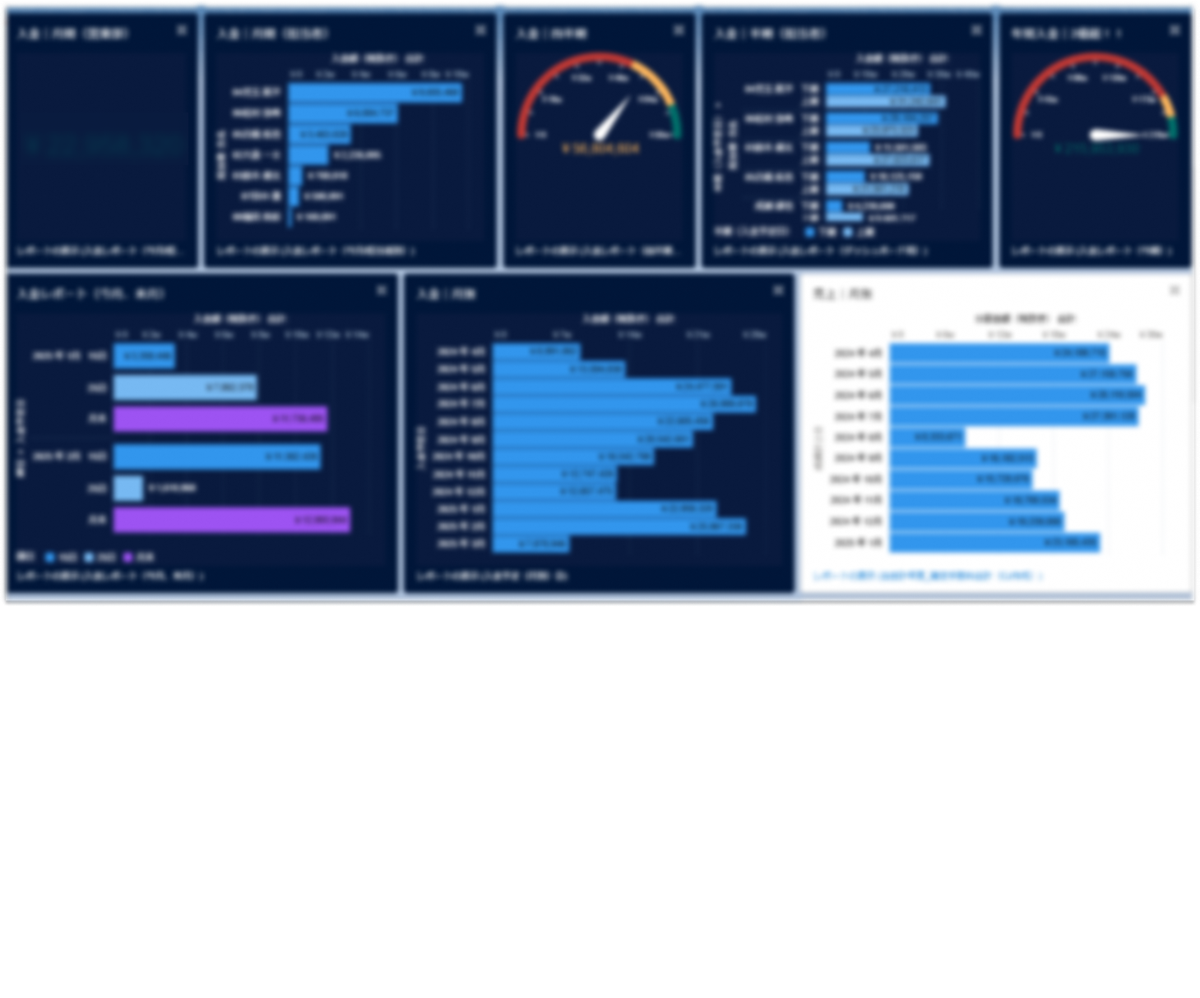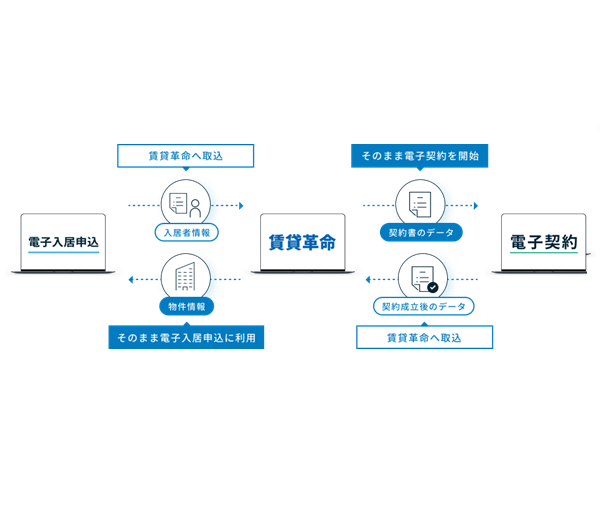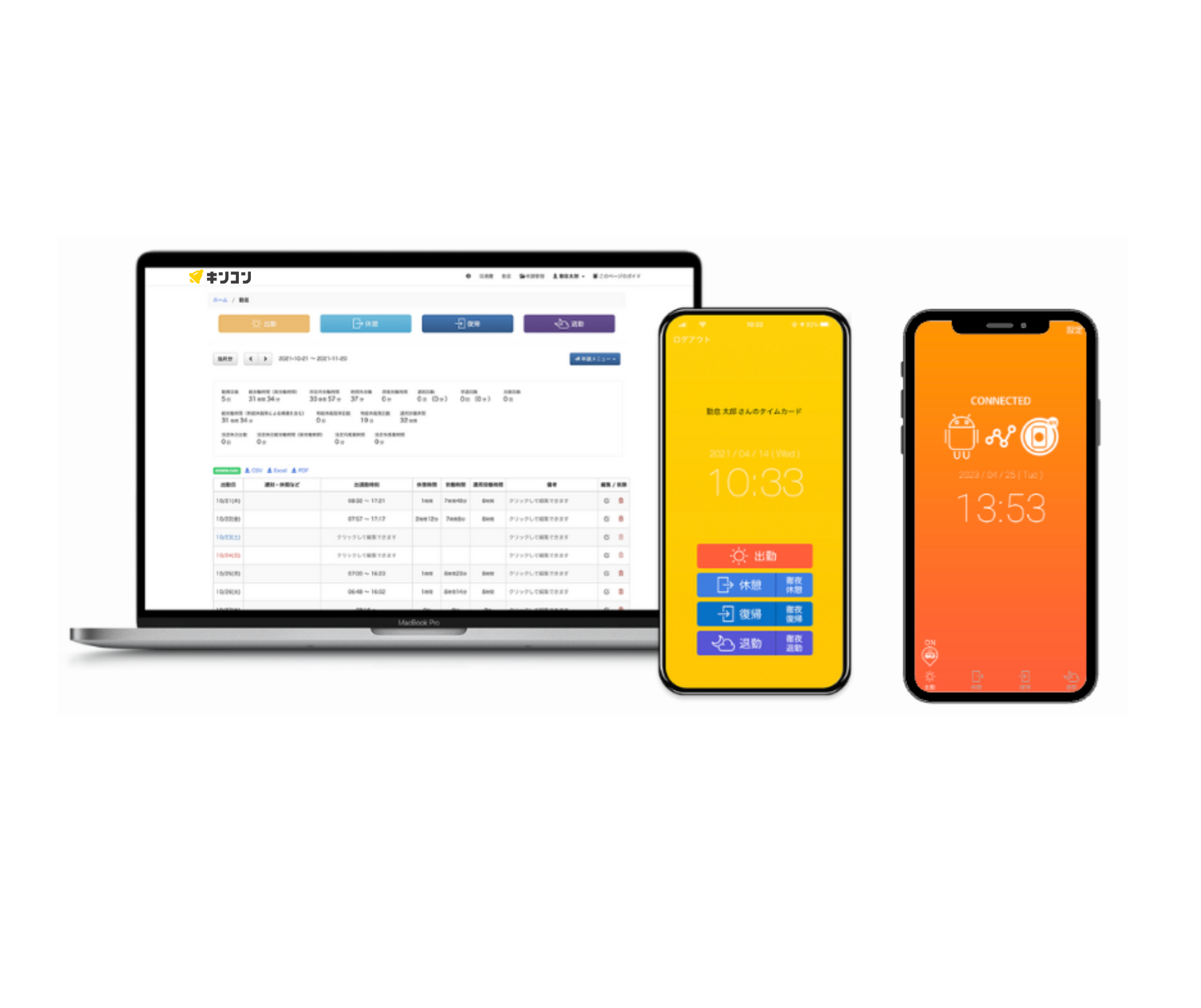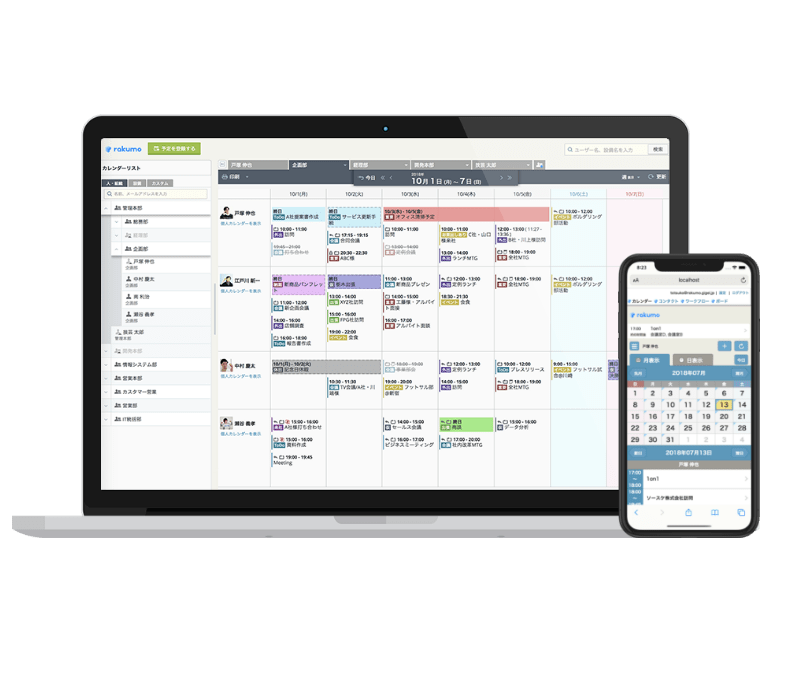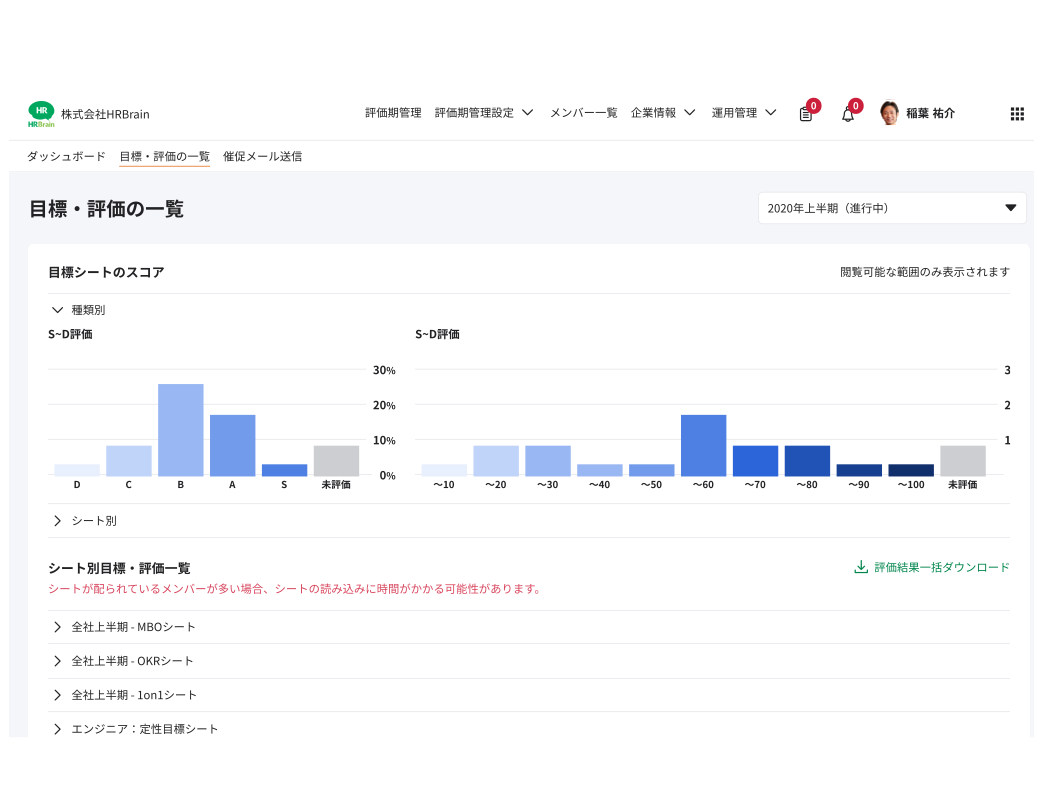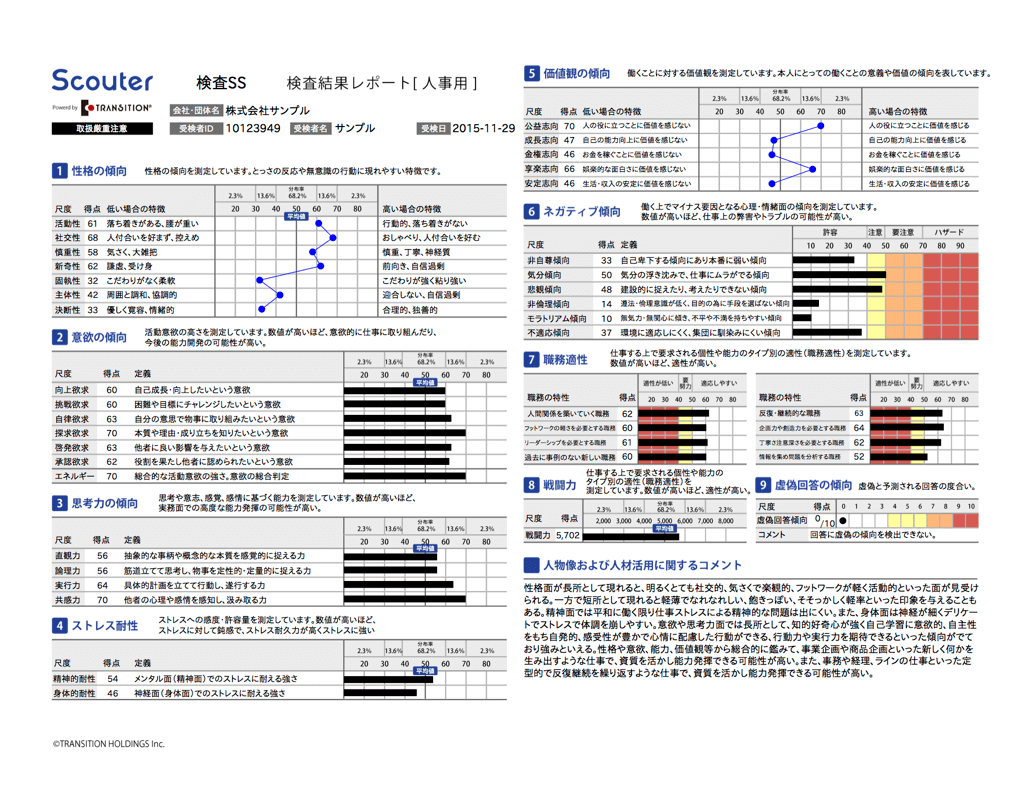When the company was established
When the company was established in 2007, we used Thunderbird for email, Softbank flip phones for mobile, and managed projects with whiteboards, sticky notes on the walls, and Excel… Looking back now, I realize how simple the world was back then.
As time passed, communication tools and business tools evolved rapidly. We eagerly embraced some tools, while others were introduced to keep up with the times, sometimes reaching a bit beyond our capabilities. There were also tools we adopted too early for our company, and eventually stopped using.
So, here’s the question: Is anyone interested? I’d like to introduce the business tools we are currently using.
Email and Drive
The reason we stopped using Thunderbird was that the company we had hired to manage and maintain our email and file-sharing servers spun off that business and transferred it to another company. As a result, we lost a bit of attachment to it, and we made the bold decision to switch to G Suite (now “Google Workspace”).
Since then, we have become familiar with Google Workspace, and as a result, we naturally started using Google Drive for cloud storage, Google Meet for online meetings, and other Google-related tools as standard in our daily operations.
Communication tools
For internal communication among staff, we use LINE WORKS. We also use it with some external partners, but in principle, it is used in a closed environment. Before we introduced LINE WORKS, we used staff members’ personal LINE accounts for work-related communication, but as it became necessary to draw a clear line between personal and work matters, we introduced LINE WORKS in the summer of 2021.
Additionally, we use CHATWORK for communication with external partner companies. There is no internal use; it is primarily used by our web-related partners, so only a few people within the company use it.
We also use SLACK to some extent, primarily for internal information sharing within the Owned Media Department (OM). Although I (the CEO) personally do not check it much, it is a tool that is frequently used within the OM department, mainly for tracking content production changes and progress.
With these tools, we are able to work without any issues, but personally, I wish LINE WORKS had an album feature. That would make it even better!
Customer management tools
In 2011, we introduced Salesforce as our customer management tool.
The best thing about it is the high level of customization that allows it to be tailored to our company’s needs. Although there are so many features that we are probably only using about 10% of what Salesforce can do, for managing projects and tracking numbers, it provides various graphs and charts that motivate salespeople from different angles. It’s a tool that is visually engaging. The app version is a bit difficult to use, so it is better suited for use on a PC.
In addition to the sales department, Salesforce is also used to manage the customer acquisition status of the Owned Media (OM) department and track the number of cases handled by each member of the rental management department, including complaints. It is the most frequently used tool in our operations.
There are some downsides as well. While I can handle simple configuration changes, more complex modifications require someone with the appropriate knowledge and experience or an external service provider, which incurs additional costs and time.
Also, costs are incurred for each user, and depending on the type of license, higher-tier licenses can cost around ¥16,000. Therefore, it’s important to carefully assess how much business efficiency can be improved before committing to its use, or you may end up in a situation where you have to abandon its use after implementation. In fact, I’ve seen many companies who stopped using it. (Note: Lower-cost licenses are around ¥3,000 each.)
Rental management tools
Until around 2011, the number of properties we managed was about 30, so I was managing them alone using Excel.
Later, when I started getting help from office staff, the first tool we introduced was RakuChin 083 (RakuChin Oyasama). As I remember, it was inexpensive and easy to start using, so we made a quick decision to adopt it.
As the number of properties we managed grew, the next tool we introduced was Chintai Meijin by DangoNet. This tool offered more features than RakuChin 083 and was still low-cost, so we implemented it around 2017. Later, when we were approaching 1,000 properties, we introduced Chintai Kakumei.
As I write this, I’ve completely forgotten why we decided to switch to Chintai Kakumei even though we already had data in Chintai Meijin. But I think the main reason was that it made generating reports much easier (laughs).
Attendance management
We use KINCONE for attendance management, including clocking in and out.
Like other tools, we didn’t compare it with other companies’ tools before implementing it, so I can’t speak to the pros and cons compared to others. However, both for me as the administrator and for the staff using it daily, there is no stress in using it. It feels like a very simple, hassle-free, and well-designed tool.
The cost is also quite reasonable at ¥200 per user per month, which seems fair.
Schedule management
Originally, we managed schedules using Salesforce, but due to changes in specifications, we looked for something that could sync with Salesforce and started using a management software called MITOCO.
However, it wasn’t very user-friendly for us, so we switched to RAKUMO after a while, and we still use it today. (Although, there’s no smartphone app, and I feel the browser version looks a bit clunky when using it.)
Some staff members don’t use RAKUMO and instead use Google Calendar, which also syncs. I’m guessing they probably think the look of RAKUMO is a bit clunky, too.
Human resources management software
Until now, we didn’t have any human resources management software, but in 2024, we introduced HR BRAIN.
The reason for this decision was that, as the number of staff grew, it became clear that while it was easy to evaluate sales staff based on numbers (not just in terms of compensation, but also verbal praise and other forms of recognition), the evaluation process for non-sales staff was vague. This could lead to perceptions of arbitrary or personal evaluations, especially in a small company. We wanted to eliminate such issues and create a fairer system.
Additionally, by clearly and correctly articulating criteria such as “Our company highly values individuals who demonstrate [specific behavior],” we aimed to minimize the chances of someone being wrongly accused of inappropriate behavior due to personal bias, which would lead to unfortunate situations for both parties. This was another key reason for the implementation.
Since we’ve only been using it for about a year, the culture of “evaluating someone” and “being evaluated by others” has started to take root, but we are still in the early stages and learning along the way. However, I feel that the introduction of HR BRAIN has already had a positive impact, not just on the current staff but also in terms of recruitment.
Aptitude testing software
We used to rely on paper-based aptitude tests during the hiring process, but since 2019, we have implemented SCOUTER and now conduct aptitude assessments for all candidates considering joining the company.
At the beginning, we had our existing staff take the test as well. Since it was our first attempt, everyone was a bit nervous, wondering if strange results would come up or if they’d feel embarrassed. I remember that feeling clearly.
As we gathered more data, we began to notice trends in the scores from SCOUTER and started to get a sense of which candidates were better suited to our company. Now, when we’re uncertain about a final hiring decision, the results from SCOUTER serve as one of the key indicators we rely on. I also really appreciate the low cost and the fact that the results (answers) are available immediately, making it incredibly user-friendly.
This concludes the introduction to the main business tools we are currently using.
We are still a small real estate company, but I hope that by sharing what tools we use in our daily operations and the process through which we decided to implement them, it might serve as a reference to someone, somewhere. Moving forward, we will continue to carefully select and integrate tools that fit our company, with the goal of improving the speed and quality of our work.

